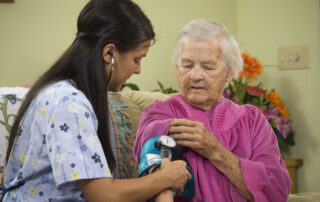Paying Today and Tomorrow: Charting the Financial Costs of Workplace Sexual Harassment
Sexual harassment remains deeply pervasive in the workplace, wreaking havoc on the lives of survivors. This report fills a gap in our knowledge of the economic costs of sexual harassment for the individual women and men who experience it. Drawing on in-depth interviews with survivors of workplace sexual harassment and stakeholder experts, and a review of the literature, the report provides a detailed pathway for capturing the financial consequences of workplace sexual harassment for individual workers in both the short term and over their lifetimes. The research is based on a collaboration between the Institute for Women’s Policy Research and the TIME’S UP Foundation and presents the first step towards identifying the data needed for a comprehensive national assessment of the financial and economic costs of sexual harassment.










